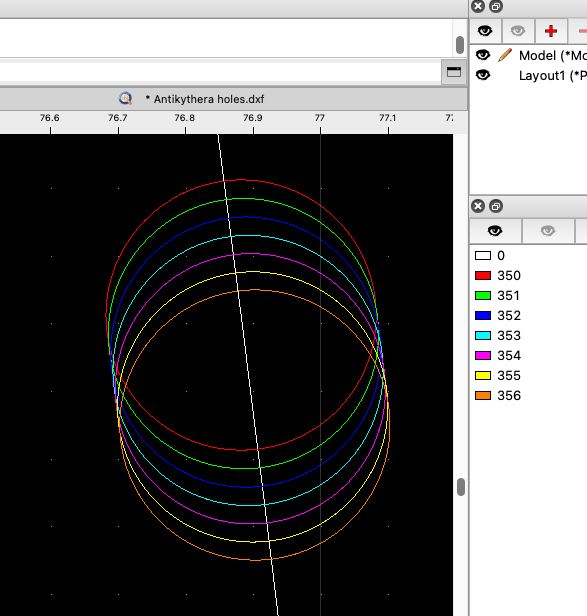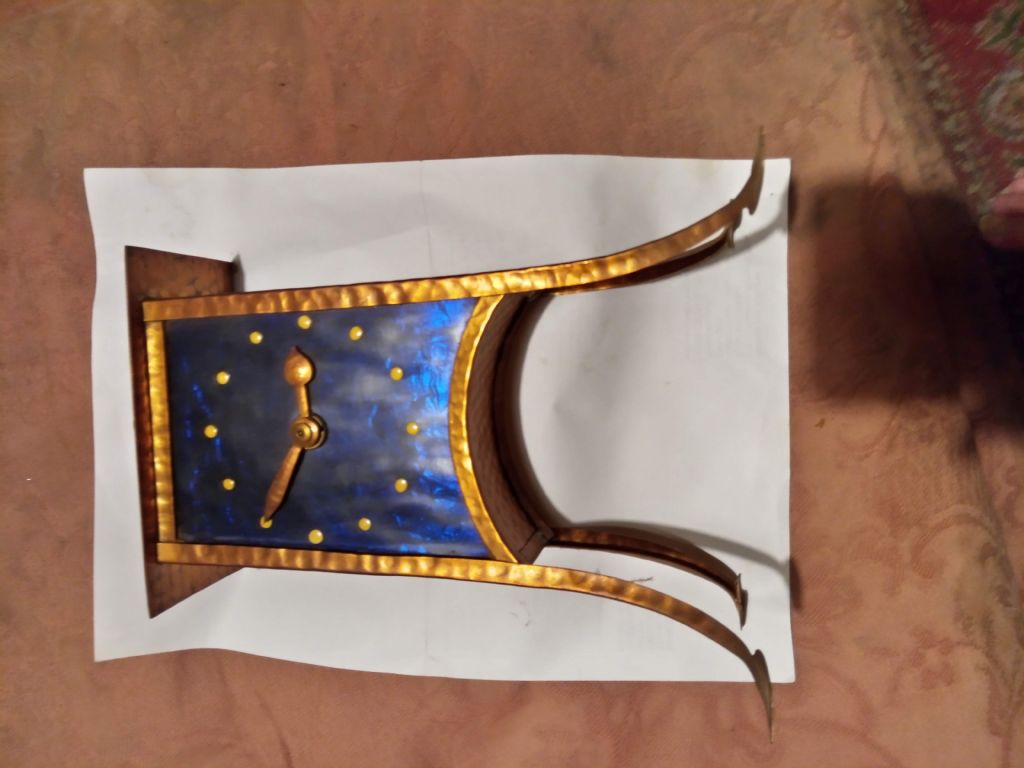Posted by Mick B1 on 26/11/2022 20:28:24:
Posted by Michael Gilligan on 26/11/2022 19:14:01:
Posted by Mick B1 on 26/11/2022 18:43:08:
[…]
Where's the circumstantial context for the AK mech?
.
Presumably spread about the sea-bed
MichaelG.
.
**LINK**
Edited By Michael Gilligan on 26/11/2022 19:15:41
…
I'm just saying that products don't exist in isolation – their supporting technology is spread throughout the culture's area of influence.
That's my view as well, except our modern understanding is biased by whatever happens to have survived, which may not be much.
Not far from where I was brought up in Bath lie some remains of the Wansdyke. The remains suggest it's a 30 mile long fortified border about built about AD500 by southerners to keep northerners out. Although a substantial earthwork, it's not known who built it, who the enemy was, or why it was needed. It seems to mark a border between two substantial power groups unknown to history. Around AD500 there existed a power able to organise a huge civic engineering project, probably requiring most fit males in the region to report for duty with a spade, and presumably able to fund a fighting force large enough to man it. There's no evidence it was ever attacked, and hints it was soon abandoned.
A little further south can be found the remains of the GHQ Stop Line. Built in a hurry in 1940 by General Ironside in expectation that the Germans would invade after Dunkirk, what's left is a scattered smear of pillboxes, dragons teeth, and demolition arrangements. Had the line been put to use, depth and strength would gave been added with trenches, barbed wire, mines, and artillery support, but none of this evident. To make sense of it, you have to know who the invader was, and what constraints both sides were operating under. A pillbox on it's own makes little sense; they were always part of a larger defensive arrangement, most of which was very temporary. Worse, some of the clues left to future archaeologists are positively misleading! Although the GHQ line was carefully laid out by Royal Engineers to maximise protection and establish interlocking killing zones, the pillboxes were installed in a hurry by civilian contractors. The build-quality is often poor, and some of them were installed back to front. Thus a future archaeologist might conclude the whole thing was for show, never intended to be used. The written record says otherwise, but archaeologists rarely see those!
Perhaps the GHQ line and Wansdyke were both built to deal with temporary emergencies, and the need for them soon passed, leaving them behind as inconclusive evidence that something big was going on.
On the subject of the Antikythara Mechanism, it is known that other mechanical devices existed at the time because Cicero mentions them. But he doesn't explain how many, how complicated, or how they were used. The evidence is incomplete, leaving us to make educated guesses as best we can.
The study of archaeologists is quite interesting, because looking at their early work often reveals biased conclusions, caused by overlaying cultural prejudices on partial clues left by ancient peoples. Time-Team often got unprofessionally excited about finding 'high-status' buildings, the problem being Blenheim Palace does not represent how most of us live. When joining the dots, be careful not to draw a rude donkey!
Dave
david bennett 8.






